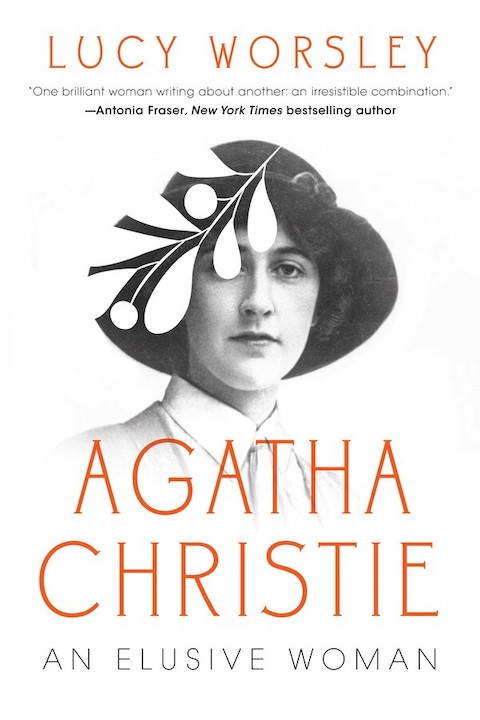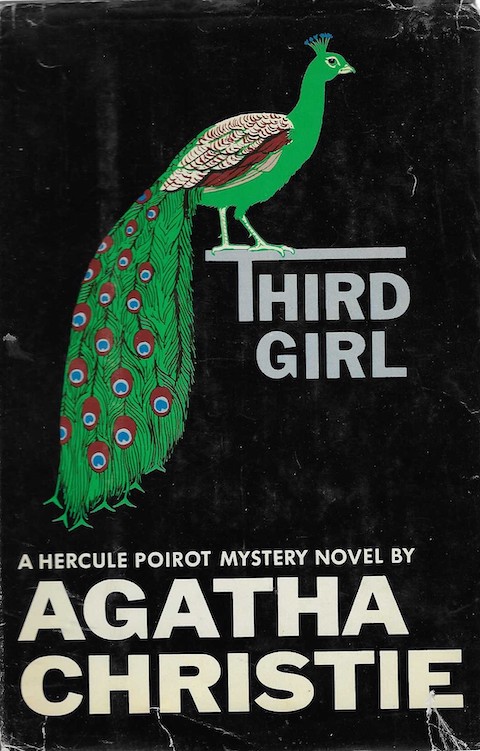Packing my library
From Austen to Casanova on my "Authors before 1900" shelves. Storing books on top of other books can cause damage—please don't try this at home.
Every year around this time I confront an inviolable law of physics: my books take up more room than the space available on my shelves. This becomes inescapably apparent when the tottering stacks of books on practically every horizontal surface above floor level reach the point of critical instability, and I am compelled to find more permanent places for the new books I've acquired during the past twelve months through gifts from others and (far more numerous) myself.
Painful decisions are forced on me: which of my treasured volumes will have to be boxed up (and how will I remember that I have them, and where to find them)? Which will be sold back to my favorite used book shops? (This is hardly a solution, as I inevitably ask for trade credit, which I then use to bring home more books.) And which will be donated to my local library sales? (Again, not a solution, as when I drop off the donations I browse the new arrivals and find additional treasures.) Inevitably, sooner or later I regret the loss of the books I've sent away; I have even been known, after the agonizing process of deciding to give them up, to turn around and buy them back.
The German cultural critic Walter Benjamin wrote a famous essay entitled "Unpacking My Library," which is included in Illuminations, Hannah Arendt's selection of his essays. In it Benjamin describes opening the crates of his books after rescuing them from storage, taking time to renew his acquaintance with each and relive the memory of its acquisition:
I am unpacking my library. Yes, I am. The books are not yet on the shelves, not yet touched by the mild boredom of order. . .Instead, I must ask you to join me in the disorder of crates that have been wrenched open. . .to join me among piles of volumes that are seeing daylight again after two years of darkness. (p. 59)
I must invite you to join me among piles of books and open boxes, but for a process that reverses Benjamin's. Some of these books must enter the darkness, for who knows how long; others will be placed in sturdy bags for transportation to new homes (but will their new owners be deserving?).
Benjamin wrote that "for a collector—I mean a real collector, a collector as he ought to be—ownership is the most intimate relation one can have to objects. Not that they come alive in him; it is he who lives in them" (p. 67). I am hardly a book collector in Benjamin's sense, certainly not one as I "ought to be." I do see books as objects that are intrinsically beautiful, but also useful and pleasurable, and they can be desirable for any or all of those reasons.
From The Viking/New Penguin Opera Guide (Amanda Holden, editor) to Mozart's Operas (Daniel Heartz) on my music books shelves.
I remember the circumstances of acquisition of some of my books: the volumes received as gifts from my partner, relatives, or good friends, or the electric discovery of a radically underpriced rarity on a bookshop's shelves. And books picked up while traveling recall memories not only of the books, but of the journey. As Benjamin notes, "I have made my most memorable purchases on trips, as a transient. . .How many cities have revealed themselves to me in the marches I undertook in the pursuit of books!" (p. 63). Some of the London neighborhoods most familiar to me are those in which Oxfam book shops happen to be located.
Also memorable, in a more painful way, are the books I didn't buy on trips because the prospect of lugging them home along with all my other acquisitions was too daunting. Jenny Uglow's 700-page biography in letters Elizabeth Gaskell: A Habit of Stories will just have to await another opportunity.
But mainly for each book I remember the excitement of the first time I read them. Most of the books that have found places on my shelves have done so because they have been especially important to me, and trace a process of exploration and discovery of new writers and new subjects of interest. And yes, unlike some book addicts collectors I've read about, I've actually read the vast majority of the books on my shelves.
The books in piles everywhere tend to fall into three categories: books that await their turn in my reading queue; books that I'm currently reading (and yes, at any time there are usually multiple titles in this category); and books that I've read and want to keep. But which of the books already on my shelves should they displace, if any?
As a troublesome case in point, one of the books I have to make a decision on today is a three-volume edition of Samuel Pepys' complete diary, edited with notes by Henry B. Wheatley. The diary is a key document of that tumultuous time in British history from just before the restoration of King Charles II in 1660 until a few years after the Great Fire of London in 1666; these years also saw the Great Plague of 1665-66, and the Dutch raids on the English coast and up the Thames during the Second Anglo-Dutch War.
This edition is in handsome navy blue cloth (how appropriate, since Pepys was a naval administrator—no doubt that's the explanation of the decorative knotwork on the spines as well), letterpress-printed on bright, crisp India paper in a small but readable font, and with dimensions that fit nicely in the hand (about 7.5 inches tall by about 4.75 inches wide).
Since acquiring this edition over a decade ago I have regularly made a resolution to read it. I have considered several general plans for tackling the diary's several thousand entries:
- Beginning with Pepys' first entry for 1 January 1659 (Old Style; 1660 New Style), read the entry corresponding to the day of the year. So I'd read the entries for 1660 a day at a time in 2024, those for 1661 in 2025, and so on. This is the method adopted by Phil Guyford's site The Diary of Samuel Pepys (which is a year ahead of me). The advantage of this plan is that reading one entry per day (even with dense footnoting) seems pretty doable. The obvious disadvantage of this plan is that I wouldn't finish until 31 May 2033.
- Trying to complete the entire diary in a year. Pepys was a regular diarist, and so this would require reading roughly ten entries per day, every day. This also presents the question of whether the diary should be read chronologically, or whether every entry for a particular day (1 January, say) should be read on the corresponding day. The entries are not generally lengthy, and some are only a paragraph or two. Still, the daily task is daunting. When I've tried this in the past, inevitably I've had to skip a day or two, and then catching up became too difficult.
- Giving up the idea of reading the complete diary and picking up a one-volume selection instead, such as The Shorter Pepys (Robert Latham, editor). For someone who has read Samuel Richardson's Clarissa and Sir Charles Grandison, this seems an ignominious admission of defeat.
Or, does this set go into a box to present a future quandary? Or should it find another, more dedicated home? These are the judgments—read immediately, or later (and if so, when?); shelve, or box; keep, or recirculate—that have to be made dozens of times as I try to bring some order to the chaotic jumble of my unshelved books. Librarian, organize thyself.











































